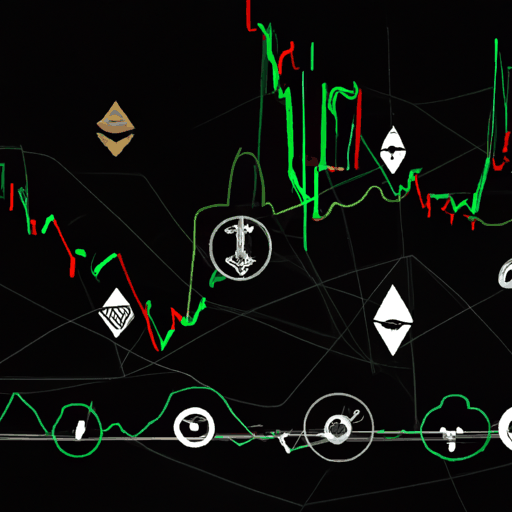
EU to Ease Rules on Foreign Stablecoins Amid Regulatory Concerns
By: Eliza Bennet
The European Union is moving towards easing restrictions on foreign-issued stablecoins, a decision that could significantly influence the trajectory of digital assets within its jurisdiction. The European Commission is set to release formal guidance permitting U.S. dollar-backed stablecoins, such as USDC and USDT, to operate under conditions equivalent to those for their European-issued counterparts. This strategic relaxation intends to clear a regulatory hurdle that has, until now, restricted the widespread adoption of dollar-backed stablecoins in European financial markets.
The European Central Bank (ECB) has previously expressed its apprehensions regarding this move. ECB President Christine Lagarde has emphasized the potential risks, including the possibility of capital flight and the threat to monetary sovereignty within the eurozone, urging policymakers to enforce stringent regulations on stablecoin issuers. Despite these warnings, the proposed changes under the EU's Markets in Crypto-Assets (MiCA) regulation would allow global stablecoin issuers to bypass previous limitations, specifically the requirements to maintain reserves with EU-based banks and to ensure euro-denominated redemption rights.
Adding pressure to the situation is the recent passage of the GENIUS Act by the U.S. Senate, which installs a national framework for the oversight of stablecoins. This legislative move by the U.S. has heightened the urgency for the EU to align its policies with international standards to ensure it isn't left behind in the rapidly evolving digital markets, especially those in the U.S. and Asia. Unnamed officials have suggested that the European Commission’s guidance is intended to prevent the EU from becoming a "flyover zone" in the digital asset space, thereby reinforcing its position as a competitive hub for crypto innovation.
While the ECB has not officially commented on these potential guidelines, internal resistance remains within the bank, according to sources close to the matter. EU officials are working towards a compromise that might grant individual national regulators greater discretion in evaluating risks associated with these foreign stablecoins. If implemented, this shift could bolster the presence of U.S. dollar-backed stablecoins in the EU, reaffirming the dollar’s influence in global digital asset markets while potentially marking a pivotal moment for crypto innovation within the region.



